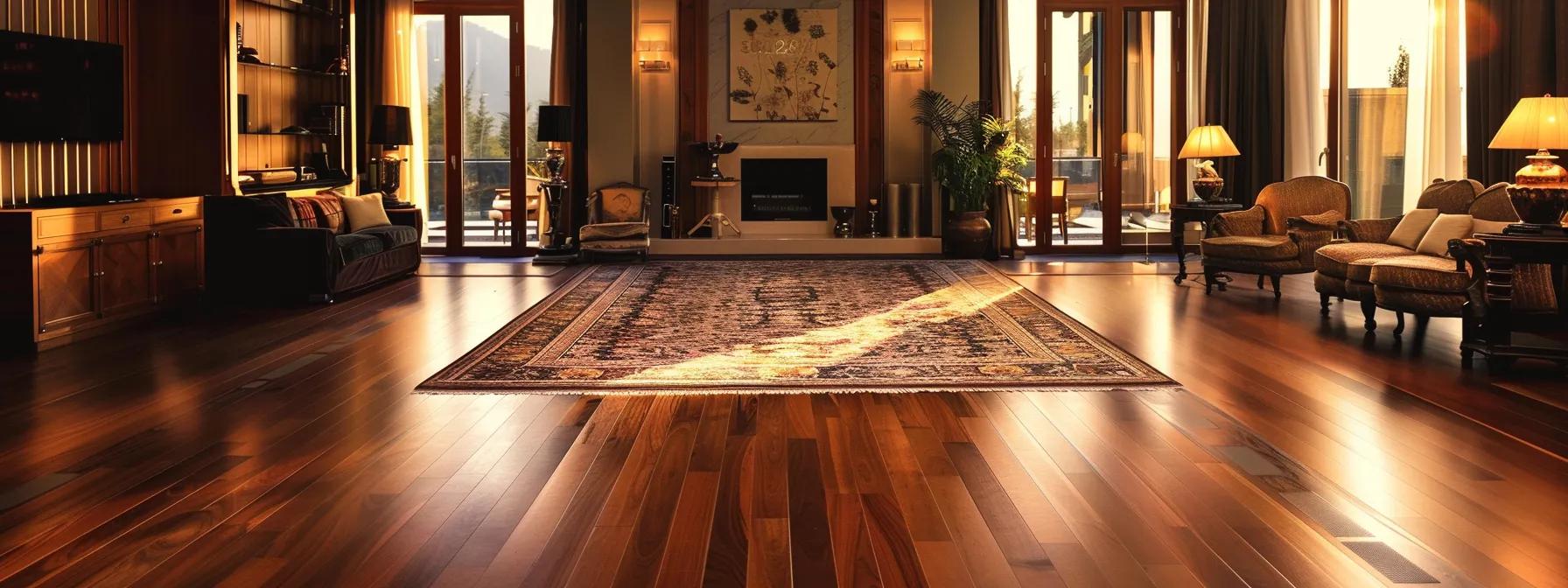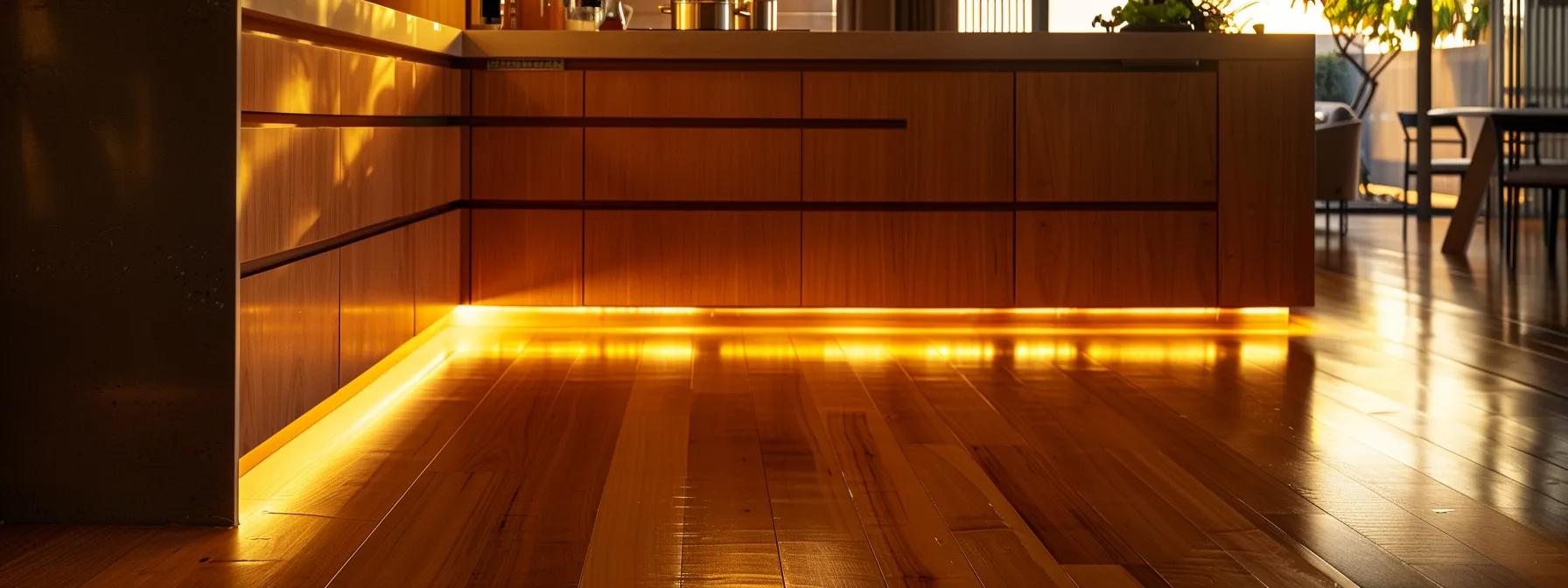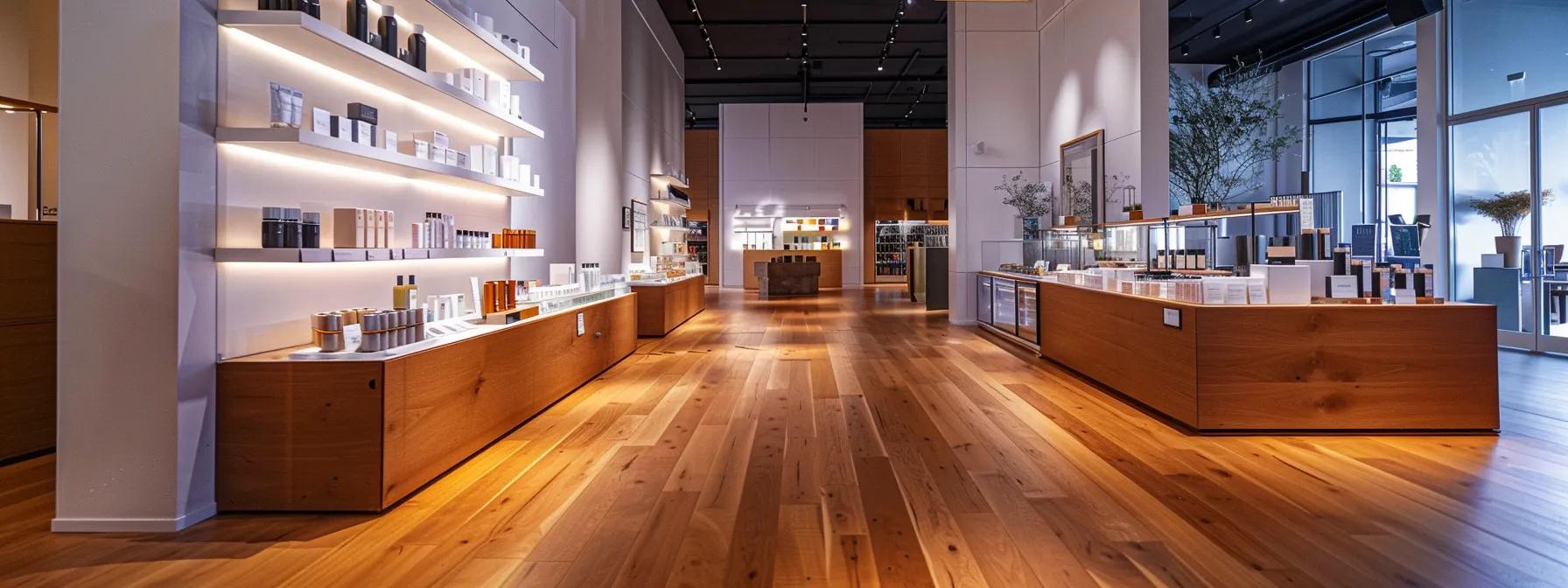
How to Maintain Hardwood Floors: Essential Cleaning, Protection, and Restoration Tips for Homeowners
Hardwood floors add timeless beauty and value to a home but require proper care to preserve their elegance and durability. This guide provides essential information on cleaning, protecting, and restoring hardwood floors by addressing scratches, stains, and moisture damage with expert-approved tips to extend the life of your flooring.
Key Takeaways
Regular cleaning with safe methods and the right tools is vital.
Appropriate cleaners and protectors help prevent damage from spills, scratches, and moisture.
Preventative measures such as furniture pads and rugs minimize wear.
Restoration techniques can revive faded or damaged floors.
Seasonal maintenance and professional resources ensure long-term preservation.
What Are the Best Hardwood Floor Cleaning Tips for Homeowners?

Clean hardwood floors using gentle, non-abrasive materials to remove dirt and debris without causing damage.
How Often Should You Clean Hardwood Floors?
Dust or vacuum daily with a soft-bristled attachment and perform a wet mop cleaning once a week. Spot clean high-traffic areas daily to reduce abrasive particle buildup that can scratch the finish.
Which Cleaning Methods Are Safe for Hardwood Floors?
A damp mopping technique using water mixed with a pH-neutral cleaner is safe. Avoid steam cleaners since high heat and moisture can warp the wood. Dust mopping with microfiber cloths effectively lifts dust without scratching the surface.
What Are the Recommended Tools and Materials for Cleaning Hardwood Floors?
Use a microfiber mop, a soft-bristled vacuum, and a bucket with a pH-neutral solution. Microfiber cloths trap dust without leaving fibers; combining dust mops with occasional damp cleaning prevents scratches. Avoid harsh chemicals like ammonia or bleach to protect the floor's natural color and finish.
How Do You Remove Common Stains and Spills From Hardwood Floors?
Act quickly on spills. Blot water spills immediately with a soft cloth to prevent moisture penetration. For oily stains, lightly dampen a cloth with a vinegar and water mixture (1:10 ratio) and gently wipe the area. For stubborn stains, use a little dish soap diluted in water followed by a rinse, taking care not to rub excessively.
Which Are the Best Hardwood Floor Cleaners and Maintenance Products?
Select hardwood floor cleaners that are specially formulated for wood surfaces without harsh chemicals.
What Ingredients Should You Look for in Hardwood Floor Cleaners?
Choose cleaners that are pH-neutral and designed to break down grease and dirt without damaging the finish. Formulations with natural agents like citrus or plant-based surfactants and essential oils deliver gentle cleaning and a subtle fragrance, while avoiding abrasive chemicals like ammonia or bleach.
How to Choose Between Commercial and Natural Hardwood Floor Cleaners?
Commercial products offer advanced cleaning power with strict testing for wood surfaces. Natural cleaners made from vinegar, citrus extracts, and water provide an eco-friendly option. Check product labels for pH levels and test on a small area first, and use reviews from flooring experts to guide your decision.
What Are the Top-Rated Hardwood Floor Maintenance Products?
Highly recommended products include microfiber mops, pH-neutral cleaning solutions, and wood floor polishers like Bona Hardwood Floor Cleaner. Oil-based floor conditioners, which clean and protect, enhance the wood grain’s natural shine while offering durability.
How Do You Use Hardwood Floor Protectors and Conditioners?
After cleaning, apply a thin, even layer of a protector or conditioner to form a barrier against spills, scratches, and UV damage. Follow manufacturer instructions for drying times to maintain the wood’s moisture balance and extend the finish’s life.
How Can You Prevent Scratches and Damage on Hardwood Floors?

Prevent damage with proactive measures to lessen wear over time.
What Are the Most Common Causes of Scratches on Hardwood Floors?
Scratches typically result from high foot traffic, abrasive cleaning tools, dragging furniture, pets' claws, and dirt from outside. Recognizing these risks helps in planning effective preventive steps.
Which Preventative Measures Help Avoid Hardwood Floor Scratches?
Use area rugs, felt pads under furniture, and regular dusting. Non-abrasive cleaning tools and strategic placement of rugs in high-traffic areas help minimize dust and dirt accumulation that may scratch the floor.
How Do Furniture Pads and Rugs Protect Hardwood Floors?
Furniture pads act as a buffer against friction when moving items and rugs trap debris before it contacts the wood, both of which help prevent scratches and extend the floor’s aesthetic appeal.
When Should You Refinish or Repair Scratched Hardwood Floors?
If scratches become deep or extensive, refinishing may be necessary. Minor imperfections can be handled with a restorative polish, but more persistent damage might require sanding and recoating. Regular inspections help decide when professional repair is more cost-effective.
How Do You Restore and Refinish Hardwood Floors to Their Original Beauty?
Restoring hardwood floors involves removing surface wear and renewing the finish through careful sanding, cleaning, staining, and sealing.
What Are the Signs That Hardwood Floors Need Restoration?
Look for visible scratches, a worn or dull finish, discoloration, and uneven surfaces. Loss of luster, accumulated water damage, and minor dents signal that restoration may be needed.
What Are the Steps to Sand and Refinish Hardwood Floors?
Begin by thoroughly cleaning and clearing the room. Sand the surface with progressively finer grit sandpaper, remove all dust, and then apply a stain or finish such as polyurethane. Follow drying and curing instructions precisely to achieve a smooth, revitalized surface.
How Do You Choose the Right Finish for Hardwood Floor Restoration?
Select finishes like polyurethane available in matte, satin, or glossy based on your desired look and durability. Oil-based finishes offer a warm tone, while water-based ones dry quickly and emit fewer VOCs. Consider foot traffic and sunlight exposure in your decision.
Can You Restore Hardwood Floors Without Professional Help?
While DIY restoration kits are available and suitable for minor repairs, extensive damage is best handled by professionals to ensure a uniform, high-quality finish.
What Are the Seasonal and Long-Term Hardwood Floor Maintenance Practices?

Adapt your maintenance strategy to seasonal changes and routine inspections for lasting floor beauty.
How Should You Adjust Hardwood Floor Care by Season?
During colder months, use humidifiers to prevent the wood from drying out, and in warmer seasons, clean more frequently to inhibit mold growth. Adjust cleaning frequency and use conditioners that replenish oils lost in winter.
What Are the Best Practices for Humidity and Temperature Control?
Maintain indoor humidity between 35% and 55% using dehumidifiers in moist conditions and humidifiers when dry. Consistent air conditioning and heating also stabilize temperature and protect against warping or cracking.
How Often Should You Inspect Hardwood Floors for Damage?
Inspect floors quarterly for early signs of damage, such as scratches or dents, particularly in high-traffic zones and near windows or doors where environmental changes are more pronounced.
What Are the Benefits of Regular Hardwood Floor Maintenance?
Consistent maintenance not only preserves the natural beauty of the wood but also reduces the need for costly repairs. A regular schedule of cleaning, conditioning, and inspections helps maintain both function and indoor aesthetic quality.
How Do You Address Common Hardwood Floor Problems and Repairs?
Quickly addressing issues like scratches, water damage, or dents prevents further deterioration and major restoration projects.
How Can You Fix Minor Scratches and Dents on Hardwood Floors?
For minor imperfections, use repair kits such as wax sticks or crayons that match the floor color. For small dents, a damp cloth with gentle heat may encourage the wood to expand and fill the blemish.
What Are the Solutions for Water Damage on Hardwood Floors?
Immediately dry water spills with a clean towel and use fans to circulate air. Light sanding and refinishing may be needed for areas affected by prolonged moisture. Severe cases might require professional intervention.
How Do You Repair Gaps and Cupping in Hardwood Floors?
Gaps and cupping are usually due to humidity changes. Use wood filler for gaps and sand lightly for cupping, ensuring that overall humidity levels are controlled to avoid recurrence.
When Is It Time to Replace Hardwood Flooring?
Consider replacement when damage is extensive, such as deep gouges or widespread water damage that cannot be repaired cost-effectively. Consult with professionals to determine whether refinishing or replacement best serves long-term goals.
Where Can Homeowners Find Trusted Hardwood Floor Maintenance Resources and Services?

Reliable maintenance advice and professional services can be found through trusted online guides, product reviews, and local expertise.
How to Choose Reliable Hardwood Floor Maintenance Professionals?
Select professionals based on their experience, customer reviews, and certifications. Request estimates and verify warranties to ensure high standards in repairs and maintenance.
What Online Tools and Guides Help With Hardwood Floor Care?
Utilize maintenance checklists, instructional videos, and expert blogs from reputable home improvement websites. These resources offer practical advice and step-by-step guides for day-to-day care and minor repairs.
How Do Product Reviews and Expert Advice Influence Hardwood Floor Care?
Product reviews shed light on the performance, ease of use, and potential drawbacks of cleaning and maintenance products. Expert advice helps choose solutions that protect the floor without causing damage.
What Are the Best Practices for Buying Hardwood Floor Maintenance Products Online?
Research reputable brands, read customer feedback, and verify safety standards when purchasing online. Certifications and clear instructions are indicators of reliable products that meet your floor care needs.
Product CategoryKey FeatureMain BenefitComparison ValuepH-Neutral CleanersGentle formulationSafe for daily use; does not strip finishOutperforms harsh chemical cleanersHardwood ConditionersOil-based or water-based optionsRestores natural wood lusterCost-effective long-term protectionFurniture Pads & RugsHigh-density felt or non-slip materialMinimizes scratches and prevents wearEssential for high-traffic areas
Table: Comparison of Key Hardwood Floor Maintenance Products Review product specifications and customer feedback to ensure the chosen solution meets your daily cleaning and long-term care needs.
Final Thoughts
Hardwood floors offer natural beauty and warmth, requiring regular care to maintain their charm. By following these expert cleaning methods, protective measures, and repair techniques, homeowners can preserve their floors for years. Whether handling routine maintenance or undertaking restoration projects, prompt intervention and quality products are key to safeguarding hardwood flooring.
Frequently Asked Questions
Q: What is the safest cleaning method for hardwood floors? A: Use a microfiber mop with a damp cloth and a pH-neutral cleaner to avoid scratches and maintain the finish.
Q: How often should hardwood floors be refinished? A: Refinishing is typically recommended every 7 to 10 years, depending on usage and wear.
Q: Can DIY restoration work as well as professional services? A: DIY restoration may suffice for minor repairs, but professional services are advisable for extensive or precision work.
Q: Do humidity levels affect hardwood floors? A: Yes, keeping indoor humidity between 35% and 55% is essential to prevent warping, cupping, and other moisture-related damage.
Q: What products can prevent scratches on hardwood floors? A: Furniture pads, area rugs, and non-abrasive cleaning tools effectively reduce scratches over time.
